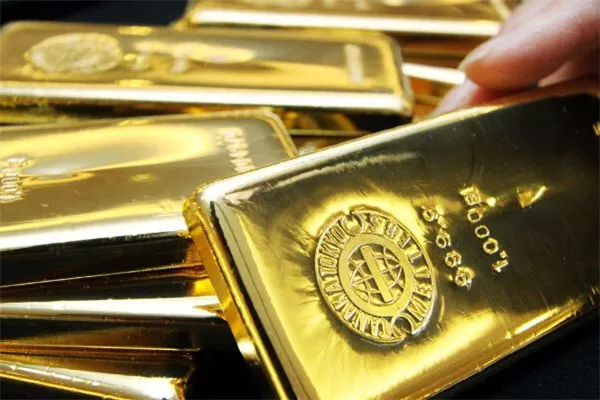Gold has long been considered a safe-haven asset and a store of value, cherished for its rarity and intrinsic beauty. However, in recent times, many investors and analysts have observed fluctuations in gold prices, leading to questions about the factors contributing to its declining value. This article explores the various reasons behind the decrease in gold prices, examining economic, geopolitical, and market-related factors that influence this precious metal.
1. The Historical Context of Gold Prices
Gold as a Store of Value
Gold has been revered as a symbol of wealth and prosperity for centuries. Its historical significance stems from its use in currency, jewelry, and as a hedge against inflation and currency devaluation. Understanding the historical context helps frame the current trends in gold pricing.
Price Trends Over the Years
Analyzing the long-term price trends of gold provides insight into its volatility and cyclical nature. Historical price data reveals that gold has experienced both significant peaks and valleys, often influenced by economic and political events.
2. Economic Factors Influencing Gold Prices
Interest Rates
One of the primary economic factors affecting gold prices is interest rates. When interest rates rise, the opportunity cost of holding gold increases since investors may prefer interest-bearing assets. This shift can lead to a decrease in demand for gold, pushing its price down.
Inflation Rates
Gold is often viewed as a hedge against inflation. However, if inflation is perceived to be under control, the demand for gold may diminish. Central banks’ policies and economic indicators play a significant role in shaping inflation expectations, impacting gold’s attractiveness.
Economic Growth and Stability
During periods of strong economic growth, investors tend to favor riskier assets like stocks over gold. A robust economy can reduce the appeal of gold as a safe-haven investment, leading to a decline in its value.
Currency Strength
The strength of the U.S. dollar, in particular, has a profound impact on gold prices. A stronger dollar makes gold more expensive for buyers using other currencies, reducing global demand. Conversely, a weaker dollar can boost gold prices.
3. Geopolitical Factors Affecting Gold Prices
Global Political Stability
Gold is often sought after during times of geopolitical uncertainty. Conversely, when global political stability is high, the demand for gold tends to decrease. Events such as elections, trade agreements, and international conflicts can influence market sentiment and gold prices.
Central Bank Policies
Central banks play a crucial role in the gold market through their buying and selling activities. Changes in central bank policies, such as adjustments in gold reserves or shifts in monetary policy, can significantly affect gold prices.
Trade Wars and Tariffs
Trade tensions and tariffs can create uncertainty in global markets. While such conditions often drive investors to gold as a safe haven, prolonged resolutions may lead to reduced demand, impacting prices negatively.
4. Market Dynamics and Speculation
Supply and Demand
The fundamental principles of supply and demand are central to understanding gold price fluctuations. Factors such as mining production levels, recycling rates, and jewelry demand all contribute to the overall supply of gold.
Investor Sentiment and Speculation
Investor sentiment and speculative trading can cause short-term fluctuations in gold prices. Sentiment driven by market trends, news events, and economic reports can lead to rapid buying or selling of gold.
Exchange-Traded Funds (ETFs)
The rise of gold ETFs has changed how investors access gold. Large inflows or outflows from these funds can significantly influence gold prices. When investors sell ETF shares, it often leads to a decrease in demand for physical gold.
5. Technological and Industrial Demand
Industrial Uses of Gold
While gold is primarily known for its investment and jewelry uses, it also has applications in electronics and technology. Changes in industrial demand can impact the overall gold market and influence prices.
Innovations in Gold Mining and Production
Advancements in mining technology can affect the supply side of the gold market. Increased efficiency in mining operations can lead to higher production levels, potentially driving prices down.
6. Conclusion
The decline in gold prices is a multifaceted issue influenced by various economic, geopolitical, and market factors. Understanding the complexities of the gold market requires a comprehensive analysis of historical trends, current economic indicators, and global events. As gold continues to play a vital role in the financial landscape, staying informed about these factors is crucial for investors and enthusiasts alike. While gold may experience fluctuations, its intrinsic value as a precious metal and a symbol of wealth remains steadfast.
Related topics:
- Why Is Silver Cheaper Than Gold? The Price Disparity
- Krugerrand Gold Coins: History, Value, and Significance
- The Best Gold to Buy for Investment: A Comprehensive Guide


